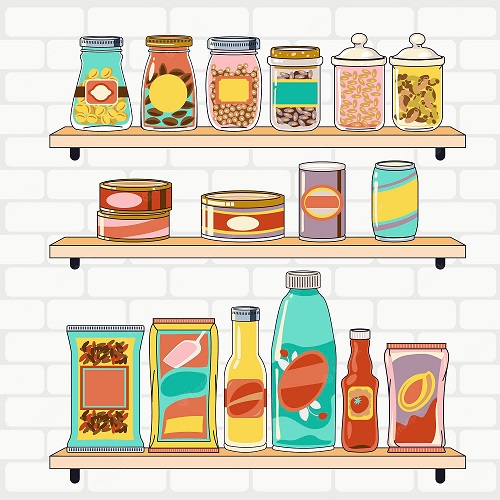
The word ‘biotics’ can conjure thoughts of robotic-like machines but when we are talking about the human body it is quite the opposite. Prebiotics are non-digestible food ingredients that stimulate the growth or activity of bacteria in the digestive system with probiotics consisting of a live culture of bacteria that inhibit or interfere with colonization by microbial pathogens. Both super valuable due to the fact they help support our microbiome, the multibillionaires of bacteria that live within the body (digestive system), helping the gut function at peak health and wellbeing.
No doubt you are aware of the symptoms when unfriendly bacteria is present. feelings of tiredness, sluggishness, being more susceptible to illness and infections, sugar cravings and lacking that healthy glow and vitality.
When the good guys are in town (good bacteria) energy remain stable, you are able to ward off illness like a trooper, maintain an optimal weight, have great digestion and your goals and tasks are not a worry to complete. Good bacteria act as a defence against incoming illness and, if they outnumber the enemy then that’s one up to the good guys…perfect for our children’s health.
It doesn’t take much to tip our gut flora out of balance and this can be caused by the use of some medication (antibiotics in particular), poor diet and chronic diarrhoea or constipation, excess alcohol, toxic substances, life and environmental stresses, and eating too many processed, low fibre, sugary foods.
Probiotics can be found in capsules, powders, or foods that actually contain live friendly bacteria. Foods that contain this good bacteria include – yoghurt (preferably greek or pot set), kefir (fermented milk), kombucha (a fermented drink), sauerkraut, kimchee (a Korean fermented cabbage), and pickled vegetables. Probiotics rarely colonise in the gut, but rather interact with resident microbes. As they pass through the gut, they interact with gut cells, immune cells and food substances, exerting their benefits.
Prebiotics feed this friendly bacteria (from our probiotics) and help them proliferate on their own. Kinda like feeding the ones that are already in your system to function at their optimal. These come in the form of Cal-mag butyrate, Inulin powder and Arabinogalactans.

How to Choose the Right Probiotic
Things can prove to be a little confusing sussing out probiotics and what is on offer. Generally speaking for everyday health, a supplement should include 3 types of bacteria
1. Lactobacillus rhamnosus
2. Lactobacillus Acidophilous
3. Lactobacillus Plantaris
These strains are selected due to the fact they can survive the acidic conditions in the stomach and are able to evade digestion in the small intestine. In addition strains such as bifidobacter, acidphilous reuterii are welcome bonuses and it is often a case of more bacteria the better (but usually more expensive). The best dose is one that demonstrates benefits in humans, which typically ranges from 100 million to one trillion CFUs per day.
These foods high in also high in probiotics
Dark chocolate (good, high-quality chocolate)
Tempeh
Microalgae
Miso
Pickles
Natto (a fermented soybean)
Some soft cheeses (such as Gouda) contain Lactobacilli bacteria
Sourdough bread may also contain Lactobacilli
Fruits such as bananas and tomatoes
Vegetables like artichokes, green beans, leeks
Whole-grain bread
Honey
I hope I have left you with a little more understanding of pre and probiotics and why it’s super important not just for you but also for your kids to include these regularly to maintain healthy immunity.





